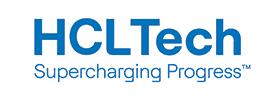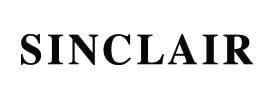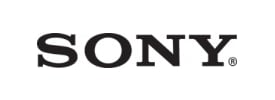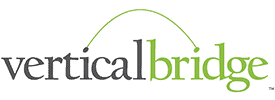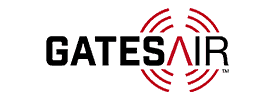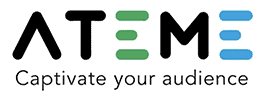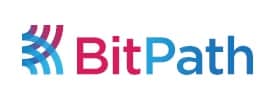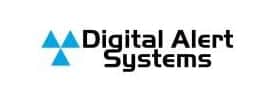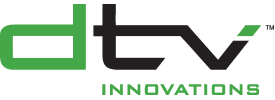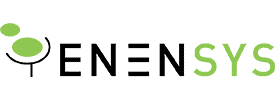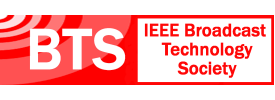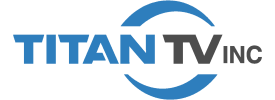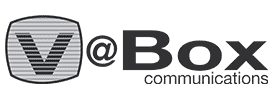- About
- Members
- Sponsors
- Subcommittees
- Technical Documents
- News
- Events
- Spotlight ATSC 3.0
- Contact Us
- Member Login
- Member Meetings
- Advanced Search
Search Site
Member Links
- About
- Members
- Sponsors
- Subcommittees
- Technical Documents
- News
- Events
- Spotlight ATSC 3.0
- Contact Us
- Member Login
- Member Meetings
- Advanced Search
ATSC 3.0: What will the “standard” look like?
Posted on August 3, 2015 in ATSC News
Documentation Architecture for Next-Gen TV’s Suite of Standards
By RICH CHERNOCK, TG3 Chairman
People have generally been referring to ATSC 3.0 as the next-generation broadcast television “standard.” But it actually will made up of a “suite” of standards.
When considering what the architecture for the ATSC 3.0 documents will be, think of standards like toolboxes. When you’re faced with a plumbing task, your ability to reach into a box containing plumber’s tools only is quite helpful, as opposed to a box containing a jumble of electrical, woodworking and plumbing tools.
Manageable Documentation
ATSC 3.0 will specify an entire next-generation broadcasting system, from the RF transmission through presentation to the viewer or listener and all the necessary items in between. All told, the documentation for ATSC 3.0 will easily be in excess of 1,000 pages. As you might imagine, a single monolithic document of this size would be very difficult to create, to manage and especially to read. This is one of the reasons it make sense to have a suite of standards, covering different aspects of the overall ATSC 3.0 system.
Standards need to be understandable and implementable. Typically, different groups of engineers (in one or many companies) develop products to implement different parts of the system. Readers often are looking to understand a particular aspect of the system. Organizing documents of the system around functional blocks will help meet this need.
Other benefits of modular standards for ATSC 3.0 include:
- Maintainability: The ability to revise only the portion of the standard that requires maintenance.
- Referencing: The ability to establish a reference structure between documents that makes sense. In particular, circular references must be avoided. A reader must be able to follow the trail of references to uncover the full specification of all of the technical elements.
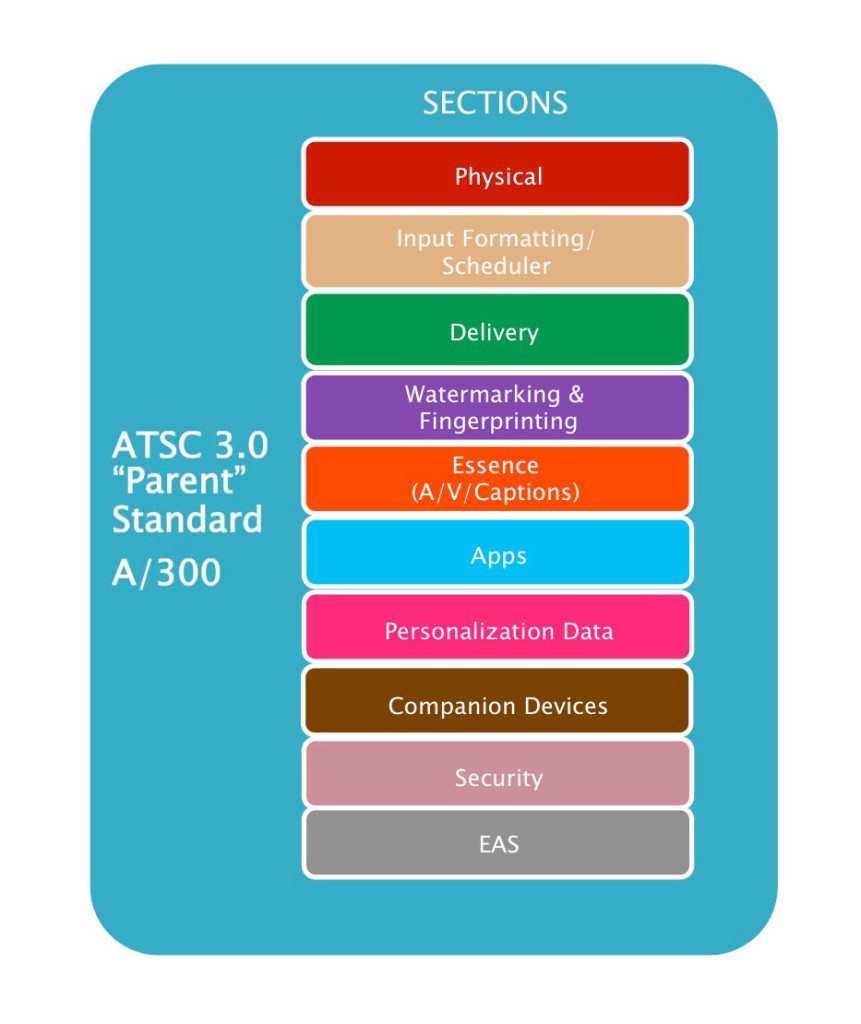 ATSC 3.0 Suite of Standards
ATSC 3.0 Suite of Standards
With all this in mind, ATSC 3.0 will be documented in a suite of standards. There will be the top level “parent” standard (mostly likely to be titled A/300), which describes the overall system, states what must be included to create an ATSC 3.0 system and in separate sections points to and includes each of the component standards.
The parent level ATSC 3.0 standard will define the system and point to the suite of around 20 standards for all of the core building blocks, including transmission, video, audio, captioning, watermarking, security and personalization to name just a few.
The illustration below shows the likely structure of the ATSC 3.0 suite of standards. Please note that the names, numbers and organization are still being finalized as the various draft elements move towards Candidate Standard balloting.
Longtime ATSC volunteer leader and former ATSC Lechner Award honoree Dr. Richard Chernock is Chief Science Officer at Triveni Digital.
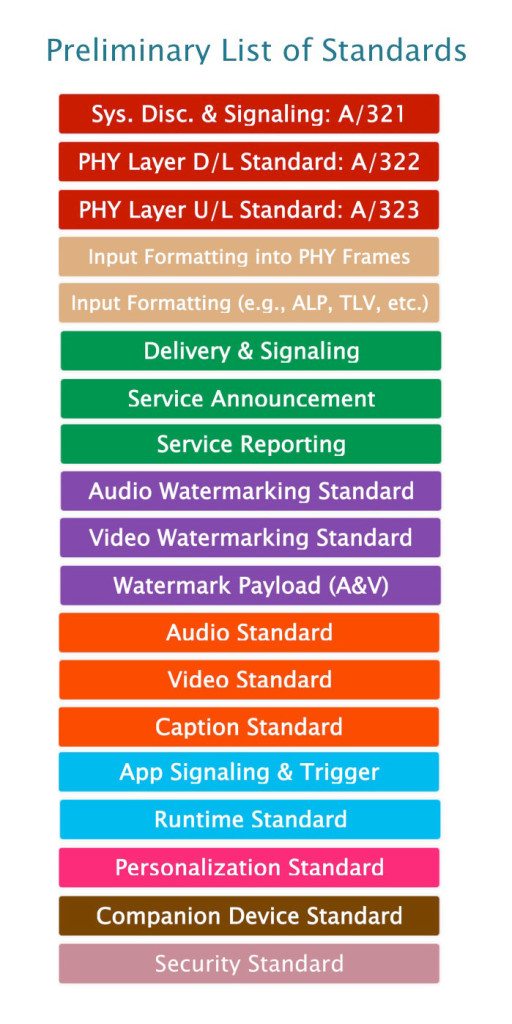
Posted in ATSC News
News Categories
News Archives
Subscribe
Subscribe to The Standard, our monthly newsletter. Learn More
Join ATSC
ATSC is a membership organization with both voting and observer categories. Voting members include corporations, nonprofit organizations, and government entities, and they participate actively in the work of ATSC. Observers are individuals or entities not eligible to be a voting member.
Subscribe to our Newsletter
Subscribe to The Standard, our monthly newsletter, to stay up-to-date with ATSC news and events around the world.
Site Links
Contact Us
ATSC
1300 I Street NW, Suite 400E
Washington, DC 20005 USA
Do you have questions about ATSC?
About ATSC
ATSC, the Broadcast Standards Association, is an international, non-profit organization developing voluntary standards and recommended practices for digital terrestrial broadcasting. Serving as an essential force in the broadcasting industry, ATSC guides the seamless integration of broadcast and telecom standards to drive the industry forward. Currently, the ATSC 3.0 Standard is providing the best possible solution for expanding the potential of the broadcast spectrum beyond its traditional application to meet changing needs. From conventional television to innovative digital data services, ATSC has one clear goal: to empower the broadcasting ecosystem like never before.
© 2025 ATSC




